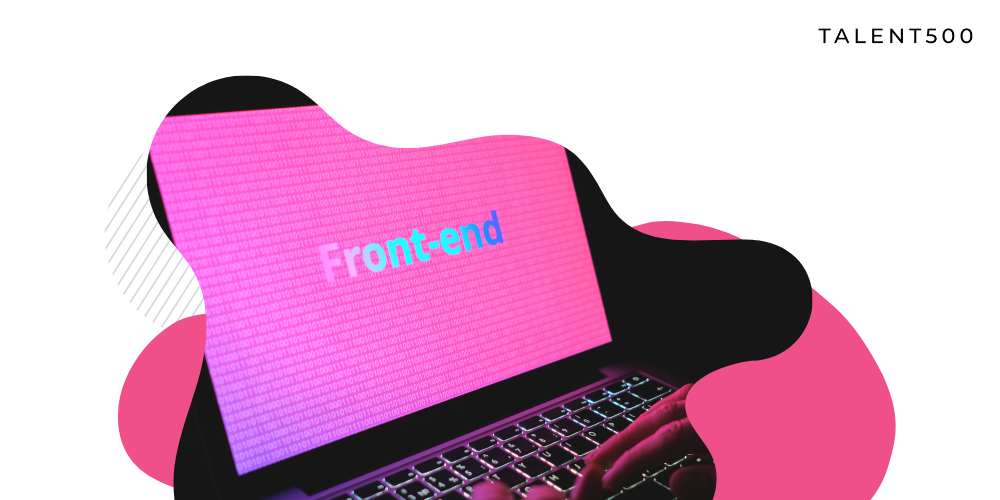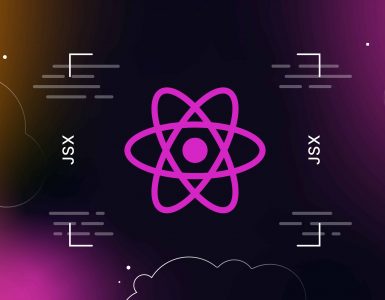Figuring out Databases for Front End Developers
Every day, millions of pieces of data are collected. Additionally, businesses save their important data in databases. A database is a collection of organized data kept in a specific system. The database management system’s function is to process the data that has been stored in the system. With all the files that are kept there, it is analogous to an office.
Database management systems (abbreviated as DBMS) are tools that assist businesses in managing data from databases (fetching, storing, updating, and optimizing). One of the primary reasons businesses are converting to database management systems is security. There are several database management systems available today, and each one has its specializations and distinguishing features. However, there is still a lot of misconception over which database management system is the most widely used in terms of its features, finest data modeling tool, and license. Oracle got the highest score of 1266.89 as per the survey in 2022, followed by Microsoft, IBM, and several other companies.
On basis of the ranking, we have mentioned here the most popular Database Management Systems.
- Oracle
The main applications of Oracle DBMS, an efficient object-relational DBMS, and multi-model database management system, are online transaction processing and data warehousing. The most recent version of it is 12c, where c stands for cloud computing. Windows, UNIX, and Linux serve as supporting platforms. This version analyses data very rapidly uses less memory, has bigger databases and is more secure. Large businesses including UnitedHealth, Citigroup, and JPMorgan Chase regularly utilize it due to its high functionality and durability.
Features:
- Simple backup and restoration.
- A database may be deployed in either a public cloud or a private cloud and data center.
- All data kinds are stored in a single database.
- Protects the database using encryption methods, data masking, key management, and monitoring procedures.
- MySQL
A free, open-source relational database management system that supports several models is called MySQL (My-Structured Query Language). A trustworthy, economical tool that is used to improve the security and scalability of the database. Its appeal is boosted by the fact that it has high-speed data processing and data recovery capabilities. It supports Ubuntu, Linux, Mac, and Windows. This program is used as the database management system by large corporations including Google, Adobe, Facebook, and WordPress.
Features:
- Offers technical support to developers and users
- Backs client-server architecture
- Simple integration with additional engines, such as Apache.
- Open, receptive community assistance.
- Microsoft SQL Server
An efficient and widely used relational database management system is Microsoft SQL Server. The workload is well managed, and multiple users can access the same database. It develops particular containers that enable users to integrate group views and scripts. The data may be secured, modified, and stored. Linux and Windows operating systems are supported. MSLGROUP (France) and Penguin Random House LLC (United States) are businesses that use this technology.
Features:
- Simple backup and restoration.
- Extremely reliable and secure.
- Creating a new database is simple.
- Capable of producing drawings and tables without syntax.
- Supports business intelligence, transaction processing applications, and analytics.
- PostgreSQL
A relational database management system that is open-source, free, and comprehensive is called PostgreSQL. One of the most important features of this program is the ability to export and import data. combining functions like scalability and storage for complicated data workloads. It features a large selection of plug-ins to increase functionality. It supports Python and JSON programming languages. It is used in Windows and Linux operating systems both. This tool is used by well-known businesses including Netflix, Uber, and Instagram
Features:
- Maintains the security of a large amount of data.
- Supports the ACID property.
- Supportable of data integrity
- Has a feature for inheritance from the parent table.
- MongoDB
An open-source, multi-platform, document-focused, NoSQL database management system is MongoDB. The table schema description is not required for this tool. Usually, developers that work with high-volume data storage choose this tool. Both a self-managed infrastructure and a fully managed cloud service are offered for this. Supports operating systems like Linux, Windows, and macOS. Further, companies including Adobe, ADP, Barclays, and AstraZeneca use this technology.
- Indexing and authentication.
- Programming languages including C, C#, Java, and JavaScript are supported,
- Licencing options are for both local and cloud devices.
- Supports a method for distributing a single dataset across multiple databases(Sharding)
- Redis
Redis (Remote Dictionary Server) is an open-source database program with an in-memory dataset that uses a cache, streaming engine, and message broker. Replication, transactions, and Lua scripting are all integrated into it. It is a NoSQL database management system and key-value coded with ANSI C programming language. This allows partial resynchronization, auto-reconnection, and asynchronous replication. Linux and Windows operating systems are supported.
Features:
- Extremely accessible
- Persistent; and extensible
- Offers automated data splitting
- Clustering (hash-based sharding)
- IBM Db2
A database management tool with the name IBM Db2 was originally known as DB2. It excels in supporting handling frameworks and data science languages like Python. It immediately saves a significant quantity of data. Whether in a local or cloud context, it provides AI-powered capabilities to modernize the administration of both organized and unstructured data. Multiple Windows, UNIX, and Linux versions are supported by this utility.
Features:
- Quick data retrieval;
- High availability;
- Scalability and Security;
- Table or range splitting
- SQLite
An open-source relational database management system, SQLite is developed in C. With the help of this utility, you may reduce files and remove unnecessary metadata. It is the most popular database engine since it is dependable and frequently used for mobile apps. It functions as a temporary dataset and can handle low to medium HTTP queries. It works with Linux, Mac, Windows, and Solaris.
Features:
- Partial indexes
- Standalone CLI (Command Line Interface)
- Backup API
- Null Handling
- Multi-threaded apps
Each database has its own set of advantages and tradeoffs. We will explore some concepts to equip you to have an opinion about what kind of database suits your needs.
The database is referred to as Database Management System (DBMS). It is part of the software that enables users to write, read, delete, or update information. There are many types of DBMS, all categorized by the data structures but Relational and Non-Relational are the most common for web development.
Relational and Non-Relational DBMSs have different terms for the parts that compose them. The components’ definitions are interchangeable. Developers commonly refer to Document (NR Team) as Table. Let us look at other similarities.
- Schema
- Tables (R/NR), Collections (NR)
- Databases (R/NR)
KEYS AND COLUMNS
Let’s use a JSON object as an illustration to provide a more relatable example:
{
“NAME”: “TALENT500”
“ROLE”: “DX ENGINEER AT XATA”
}
Given that a column would be represented by a key-value pair in JSON (column name has value “Talent500”) and that the key has the same meaning as specified in the JSON specification, the key name will have access to the value “Talent500.”
Each column’s name establishes the key by which you may retrieve a value in a record. A table comprises columns.
There are other types of keys besides those listed in the definition above. Such keys play a unique function in your database’s structure and how you will work with your data. Make your choice of it carefully since even the smallest modification to them might cause your data layer to fail.
Types of Keys
- Unique Keys (UK)
- Primary Keys (PK)
- Foreign Keys (FK)
Example of Foreign Key:

MAPPING YOUR DBMS
Once you look at the different data structures and choose your DBMS, you are ready to draw the first connection from your data layer to your application layer. And suddenly, you noticed it isn’t quite straightforward to bring data from the database to your client side (or even to your server-side API in some cases).
Object Relational Mapping (ORM) and Object Document Mapping (ODM) are here to support your development experience. Currently, Mongoose has the greatest ODM user base, whereas Prisma is likely the most used ORM. It’s crucial to remember that they are not necessary for connecting to databases. They do, however, tend to make your life simpler and requesting or writing data much more ergonomic provided you pay attention to how they construct your queries (certain particular circumstances might present performance concerns on account of the abstraction).
Understanding basic ideas related to choosing and maintaining a DBMS is important. Additionally, each solution used may be discussed, expectations can be set, and particular structures can be examined.






Add comment